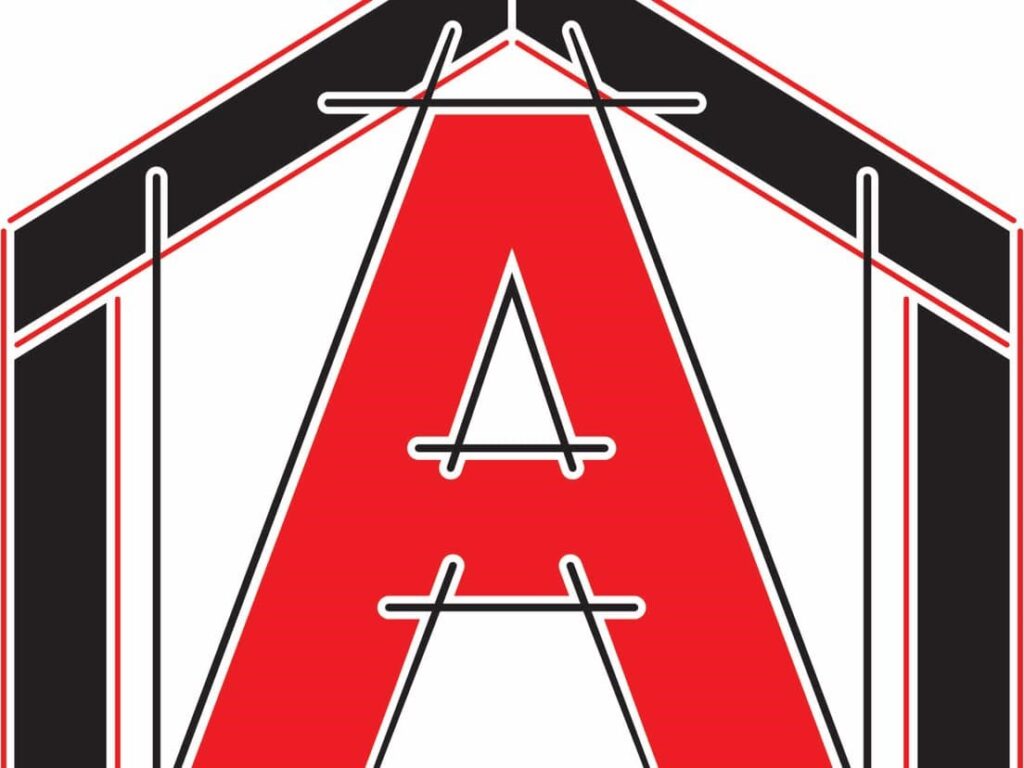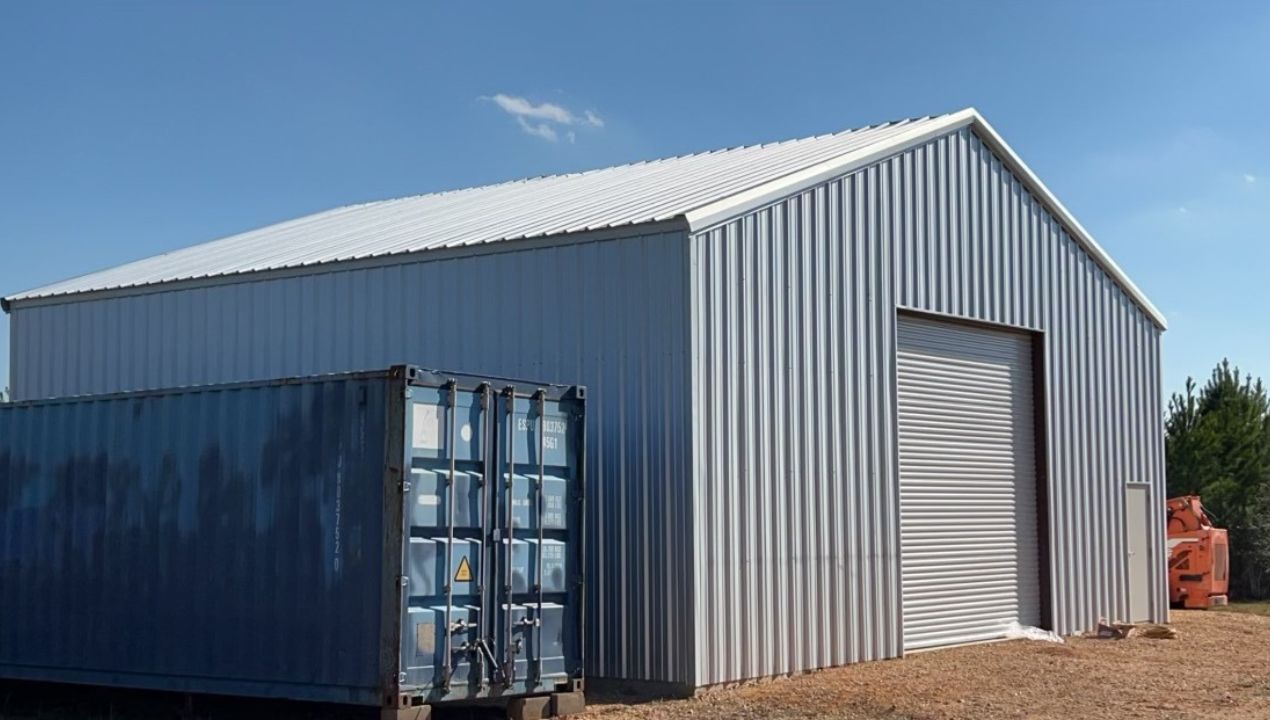Metal buildings are becoming a popular choice for commercial, industrial, and residential use. They are durable, cost-effective, and quick to assemble compared to traditional structures. However, the time it takes to build one depends on various factors. From design to final construction, several elements influence the timeline. If you’re considering hiring metal building contractors in Mississippi, understanding the process can help set realistic expectations.
Factors That Affect Construction Time
Several aspects determine how long it will take to complete a metal structure. Here are the key factors:
- Size of the Building
Larger buildings naturally take more time to construct. A small garage or workshop might be ready in a few weeks, while a warehouse or manufacturing facility could take months.
- Complexity of the Design
Simple designs with minimal customization are faster to complete. However, if the building includes unique architectural features, additional reinforcements, or multiple sections, the process may take longer.
- Site Preparation
Before construction begins, the site must be cleared and leveled. If the land requires extensive grading or foundation work, it will add time to the project.
- Material Availability
Delays in material supply can extend the timeline. If all components are readily available, the process moves faster. Custom orders or special materials may take longer to arrive.
- Weather Conditions
Extreme weather can slow down construction. Heavy rain, storms, or freezing temperatures may delay site preparation and assembly.
- Permits and Approvals
Obtaining permits is a necessary step. Depending on local regulations, this process can take days or weeks. Working with experienced professionals ensures smoother approvals.
- Labor and Workforce
A well-coordinated team speeds up construction. Availability of skilled workers, including welders and installers, affects how quickly the project is completed.
Pre-Construction Phase
Before construction begins, proper planning is necessary. This phase includes:
- Blueprints and Engineering – Standard designs are faster to finalize, but custom plans need extra time for approval.
- Permits and Approvals – Local regulations may require specific permits, which can take anywhere from a few days to a couple of months.
- Site Preparation – Clearing and leveling the land, along with laying a concrete foundation, may take up to two weeks, depending on the complexity.
This stage typically lasts anywhere from four to eight weeks, depending on paperwork and site conditions.
Fabrication and Material Delivery
Once the plans are set, materials need to be manufactured and delivered. Pre-engineered metal building kits are often fabricated in factories before being shipped to the construction site. This process can take:
- Two to four weeks for standard designs.
- Four to eight weeks for custom structures with unique components.
If all materials are available, this step can be completed sooner. However, supply chain issues or special orders may extend the timeline.
Assembly and Construction
The actual building process is typically the shortest part of the project. Metal buildings are designed for quick assembly, and many can be completed in just a few weeks. The process includes:
- Framing Installation – The main structure is put in place, often in a few days for small buildings or a few weeks for larger ones.
- Roof and Wall Panels – Once the frame is up, panels are attached, which usually takes another week or two.
- Doors, Windows, and Insulation – Adding these features can take an additional one to three weeks, depending on the complexity.
- Electrical and Plumbing – If needed, these installations may extend the timeline by a couple more weeks.
For a small to medium-sized building, the assembly may take four to six weeks, while larger projects could take three months or more.
Common Delays in Metal Building Construction
Despite efficient planning, certain challenges can slow down the process. These include:
- Unforeseen Weather Issues – Rain, storms, or extreme cold can delay work.
- Permit Delays – Some areas have longer approval processes.
- Material Shortages – If specific components are back-ordered, the project may be put on hold.
- Labor Shortages – A lack of skilled workers can slow down progress.
Working with experienced professionals helps minimize these risks and keeps the timeline on track.
Common Challenges in Metal Building Construction
Even with careful planning, certain challenges can impact the timeline. Delays in obtaining permits, unexpected weather changes, or material shortages can slow progress. Coordination between different teams, such as engineers, suppliers, and construction crews, is essential to avoid miscommunication and project setbacks.
Another challenge is site-related issues. Uneven terrain, poor soil conditions, or unexpected underground obstacles may require additional work before construction begins. Addressing these concerns early can prevent costly delays.
Tips to Speed Up the Process
To reduce construction time, consider the following:
- Plan Ahead – Early design and permit approvals prevent delays.
- Choose Prefabricated Components – Pre-engineered materials assemble faster.
- Work with Experienced Contractors – Skilled professionals handle challenges efficiently.
- Schedule Construction in Favorable Weather – Avoid building during extreme conditions.
- Ensure Material Readiness – Confirm material availability before starting.
Final Thoughts
The time needed to build a metal structure varies based on size, design, permits, and weather conditions. A small project may be completed in a few weeks, while larger buildings can take several months. Hiring the right professionals ensures a smoother process.
If you’re ready to begin your project, reach out to experts who can guide you through every step.

